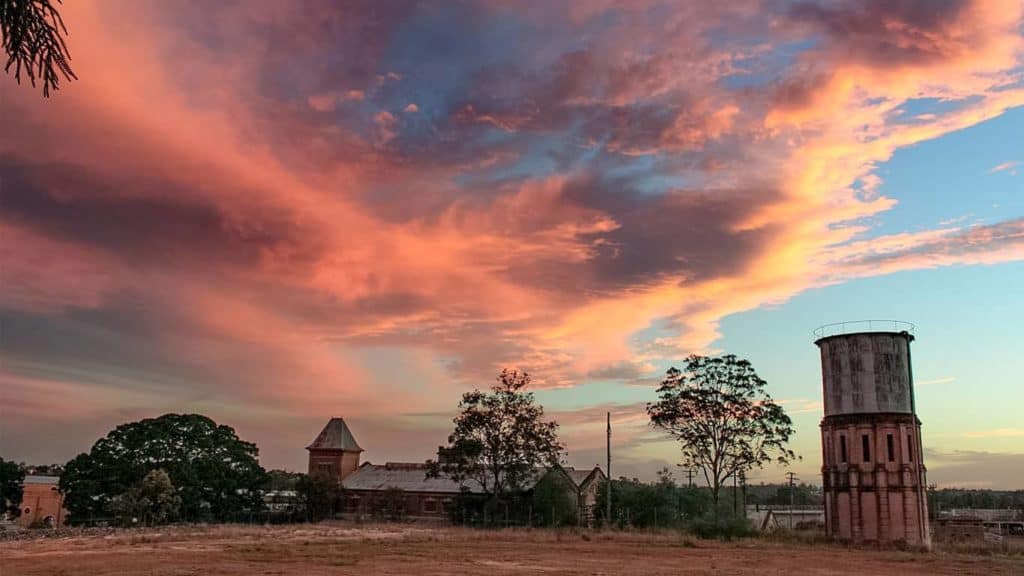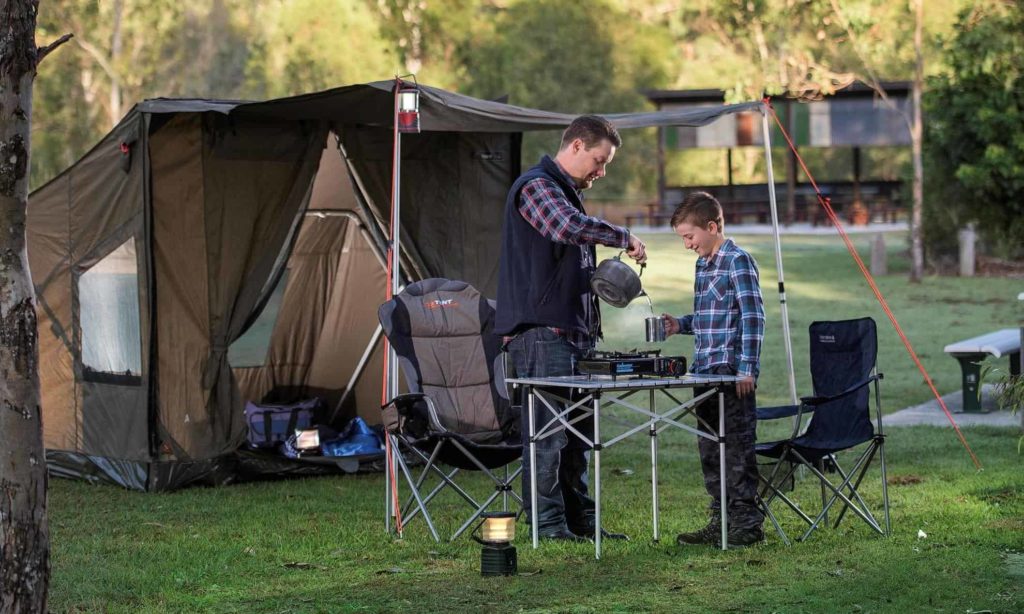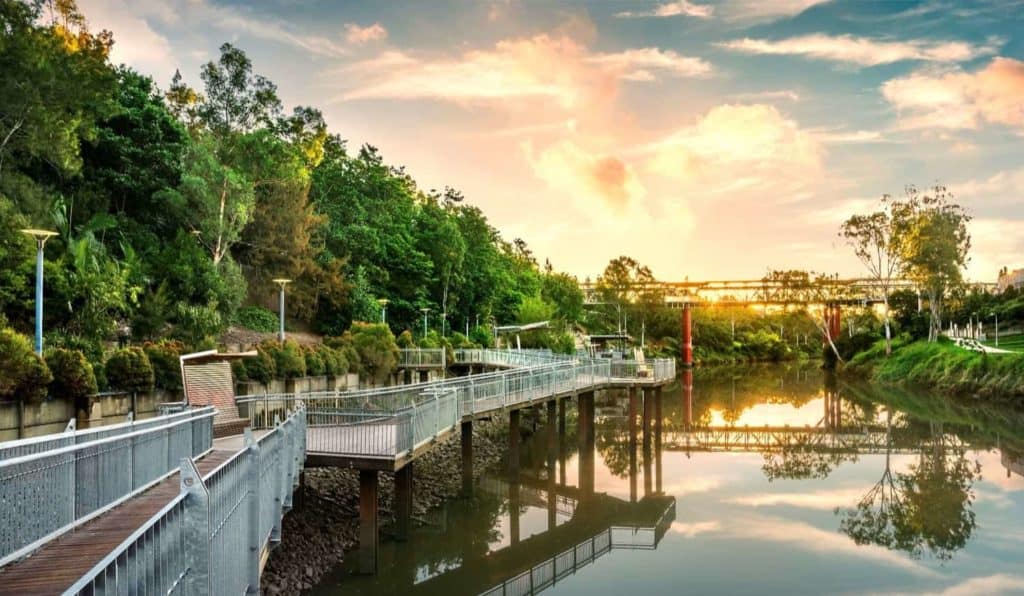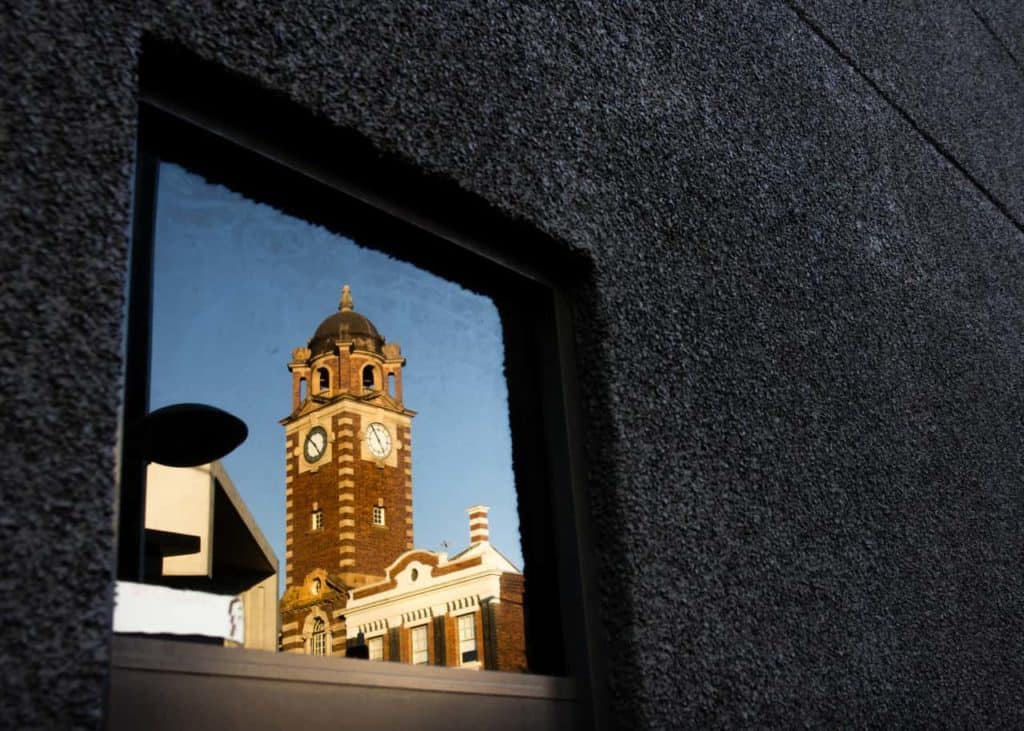Wander the halls of a great Georgian residence, contemplate the fanciful features of a Gothic Revival cottage and take in the vertigo views and luscious gardens of an early Federation beauty. Three especially curated classic Ipswich icons open for Great Houses of Ipswich 11 May – the day before Mother’s Day.
Claremont
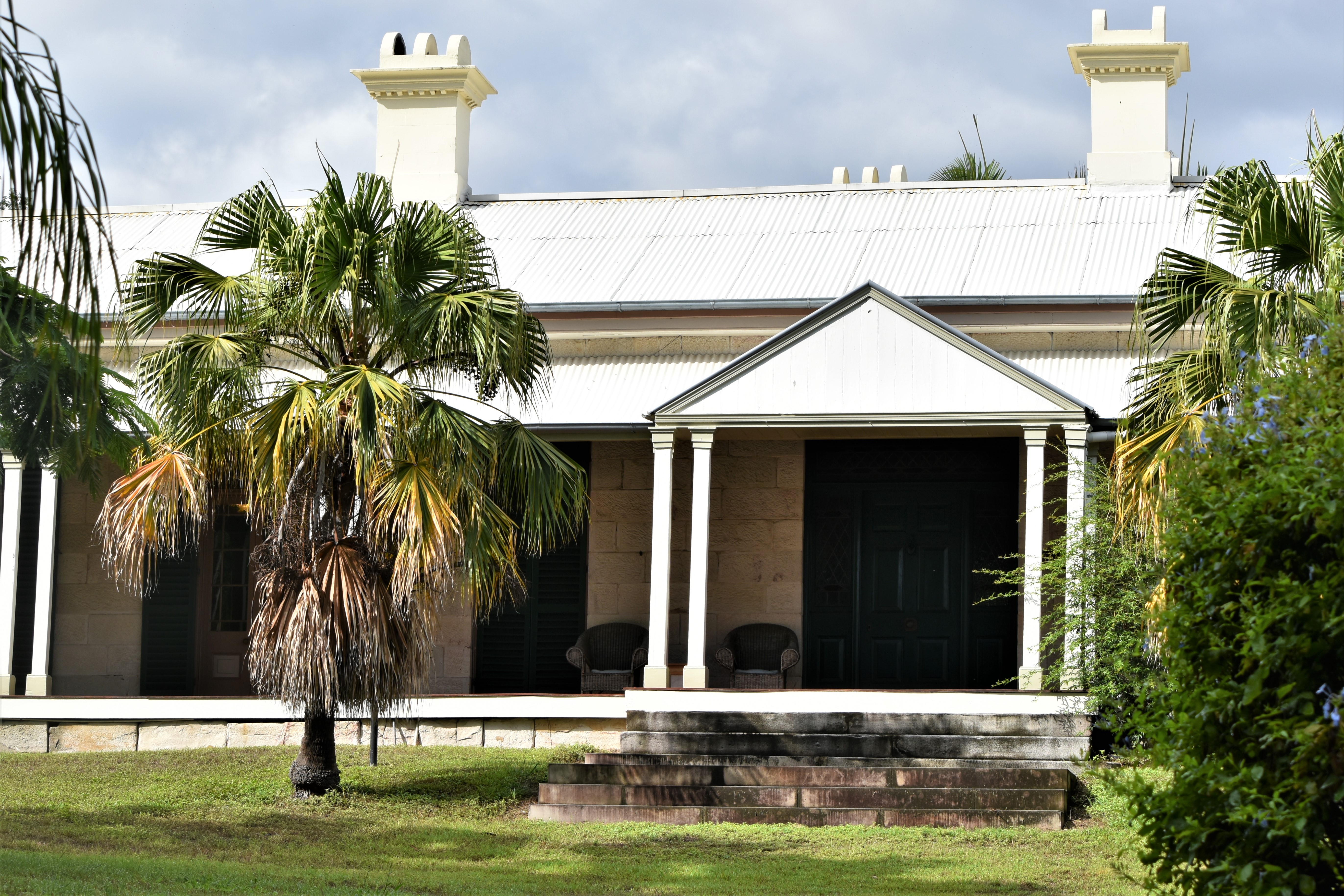
Let’s start where it all started. Claremont has many claims to fame in Ipswich. Not only is this magnificent residence a stand out example of a Georgian sandstone villa, quite unique to Ipswich, it is said to have been built on the site that was occupied by the first Europeans in Ipswich. Incredible to note that the site itself still maintains a grand frontage despite the pressures of several subdivisions dating back to the early 1900’s.
So, what is Georgian architecture anyway? Given that South East Queensland is home to the prolific ‘timber and tin’ vernacular, you’d be forgiven for having even a mild curiosity. Georgian architecture was the British style around the time of settlement, so it was customary that new homes in Australia would reflect the ways of the homeland… except environmental pressures would encourage design modifications to suit the local climate – enter the cooling effect of veranda spaces. Simplicity, symmetry and restraint were also key features at play. Think Booval house, previously open for Great Houses of Ipswich – grand and gorgeous, holding her own despite the growing trends of lavish Victorian trimmings later seen.
As you would expect, Claremont played host to several prominent political figures and Ipswich merchants, such as John Panton, George Thorn (who built Claremont II), George Thorn Junior and George Rennie Wilson who owned the land on which Lakemba (also open May 11) was eventually built. All prominent figures and understandable that they would align their success and aspirations with the grand walls in which they would reside.
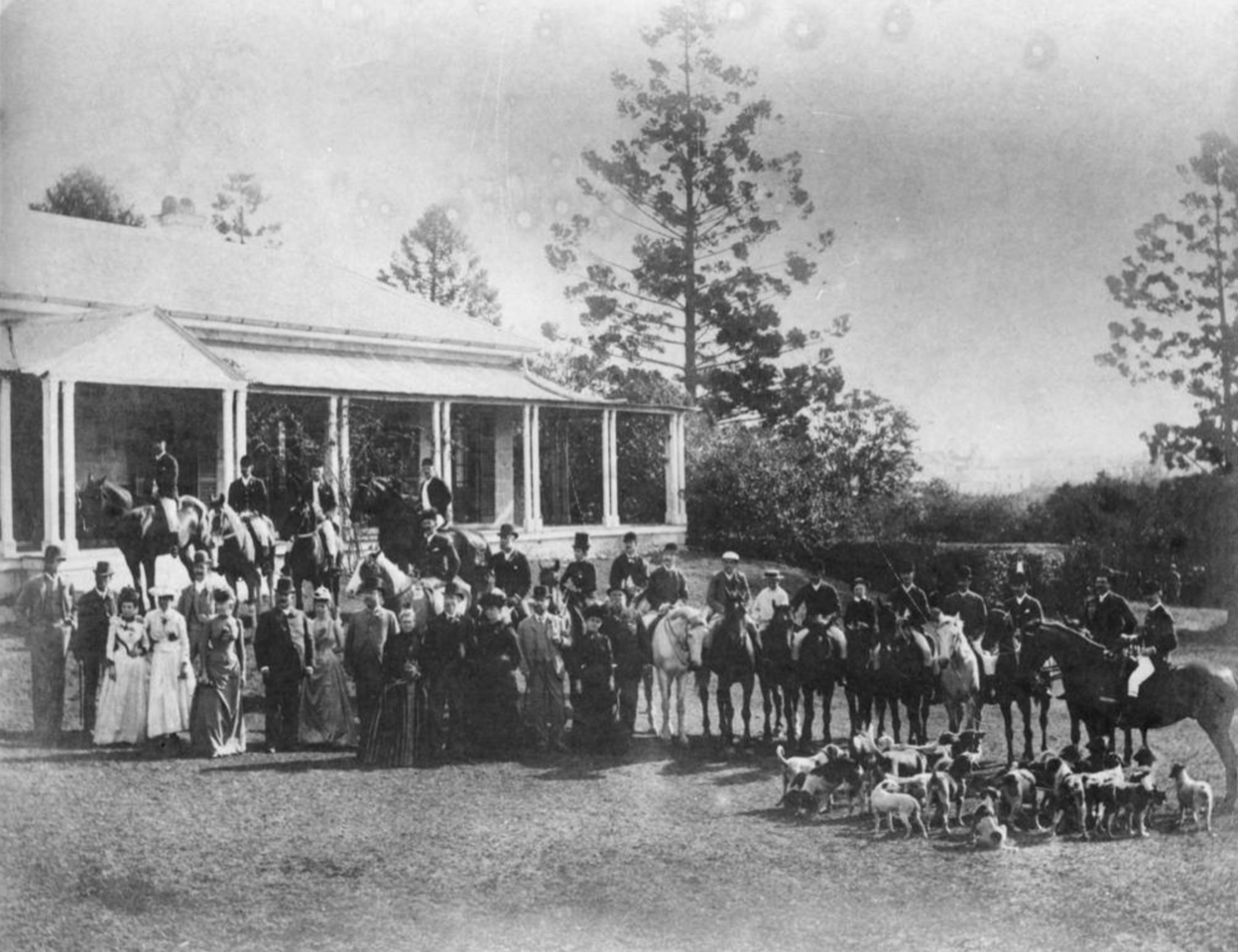
Photo above: Thorn and family preparing for a fox hunt at Claremont 1890’s, courtesy of Mr Wiley of Elite Images, Brisbane 1890.
Claremont had dutifully served the community in the same way that many great houses do in their lifetime – firstly as a boarding house, then as flats, as a commercial venture (reception hall) and finally a hostel. Each transition further pressuring the original fabric to perform in ways other than what original owner John Paton could haven possibly imagined.
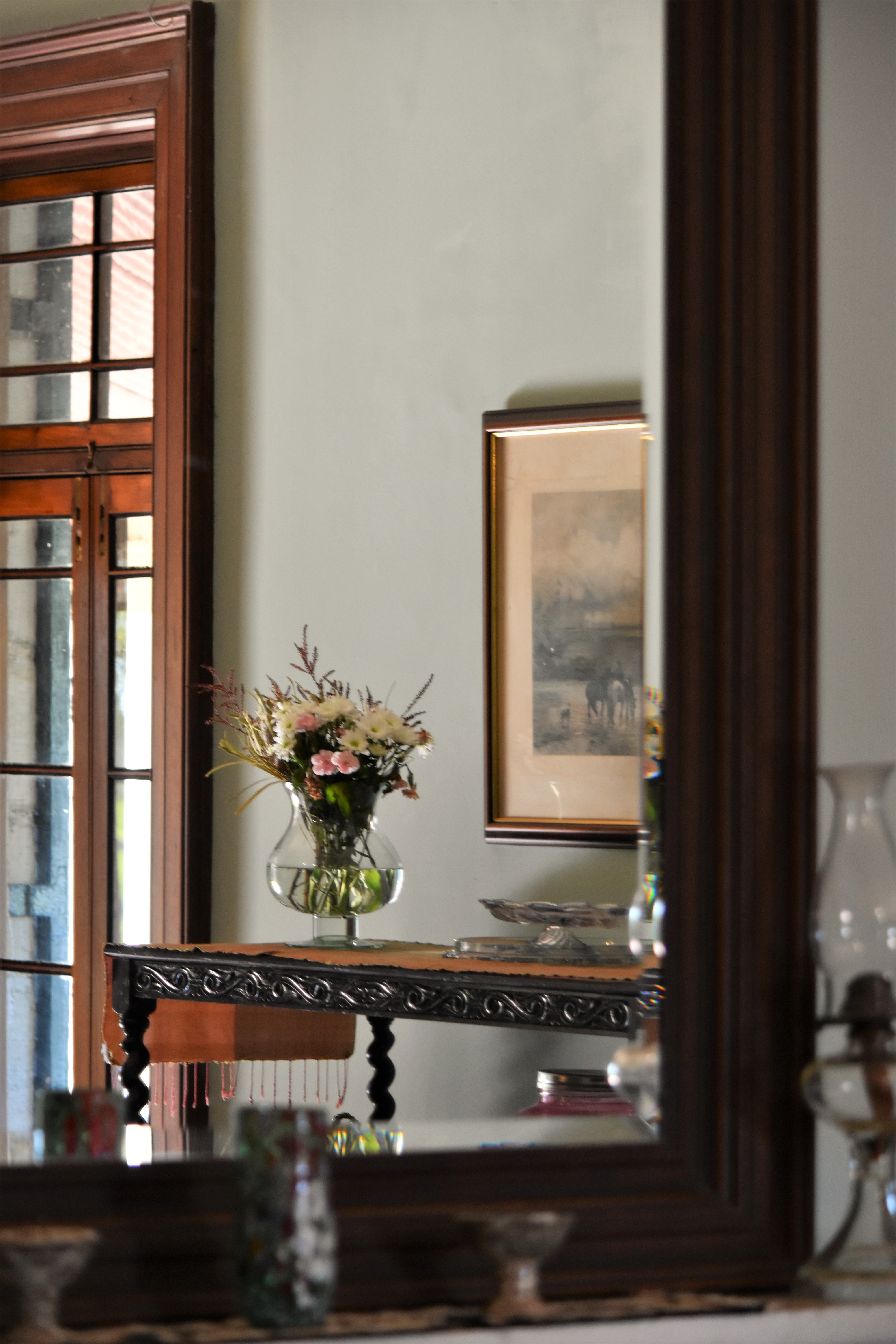
In 1975, The National Trust of Australia, through a National Estate grant, finally purchased Claremont and kick started her return to grandeur. The current owner Mike Read lovingly completed the extensive restoration ensuring that this iconic piece of Ipswich Heritage survives for future generations.
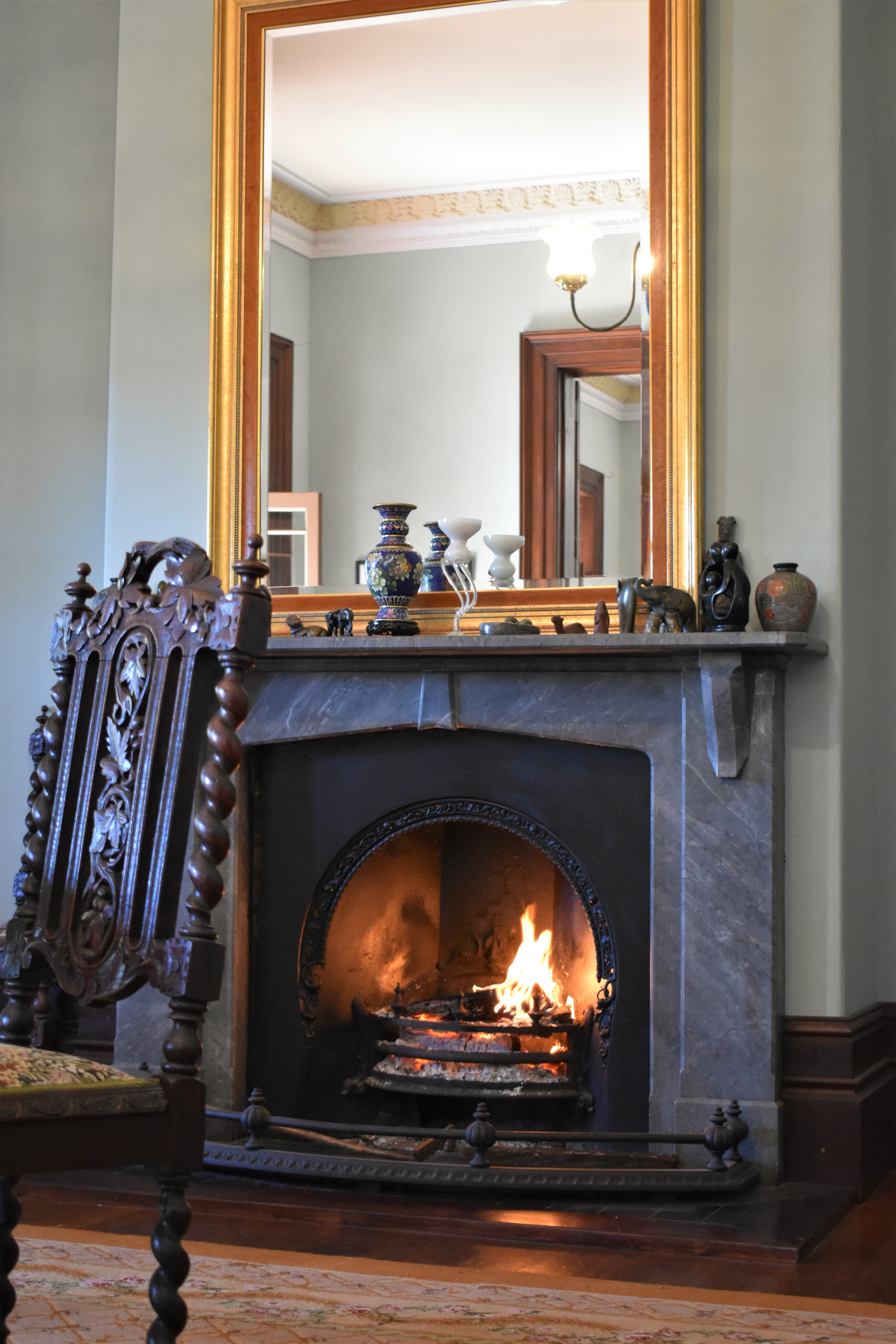
Claremont’s journey of highs and lows however has allowed generations to meaningfully connect with her over the years. Mike recalls with fondness the stories and conversations which often play out when the doors of Claremont are open to eager visitors – “Often people are excited to tell me about the time they were married at Claremont”. In true form, this beautifully built icon is not only the bricks (or stones) and mortar that we adore, it also contributes greatly to the rich social fabric that connects people and places all around Ipswich. Do you have a connection with Claremont? Come and connect with Mike and touch base with Melanie from Picture Ipswich who will be collecting oral histories on the day.
My pick for grand, stately architecture and connecting with likeminded enthusiasts.
The Chestnuts
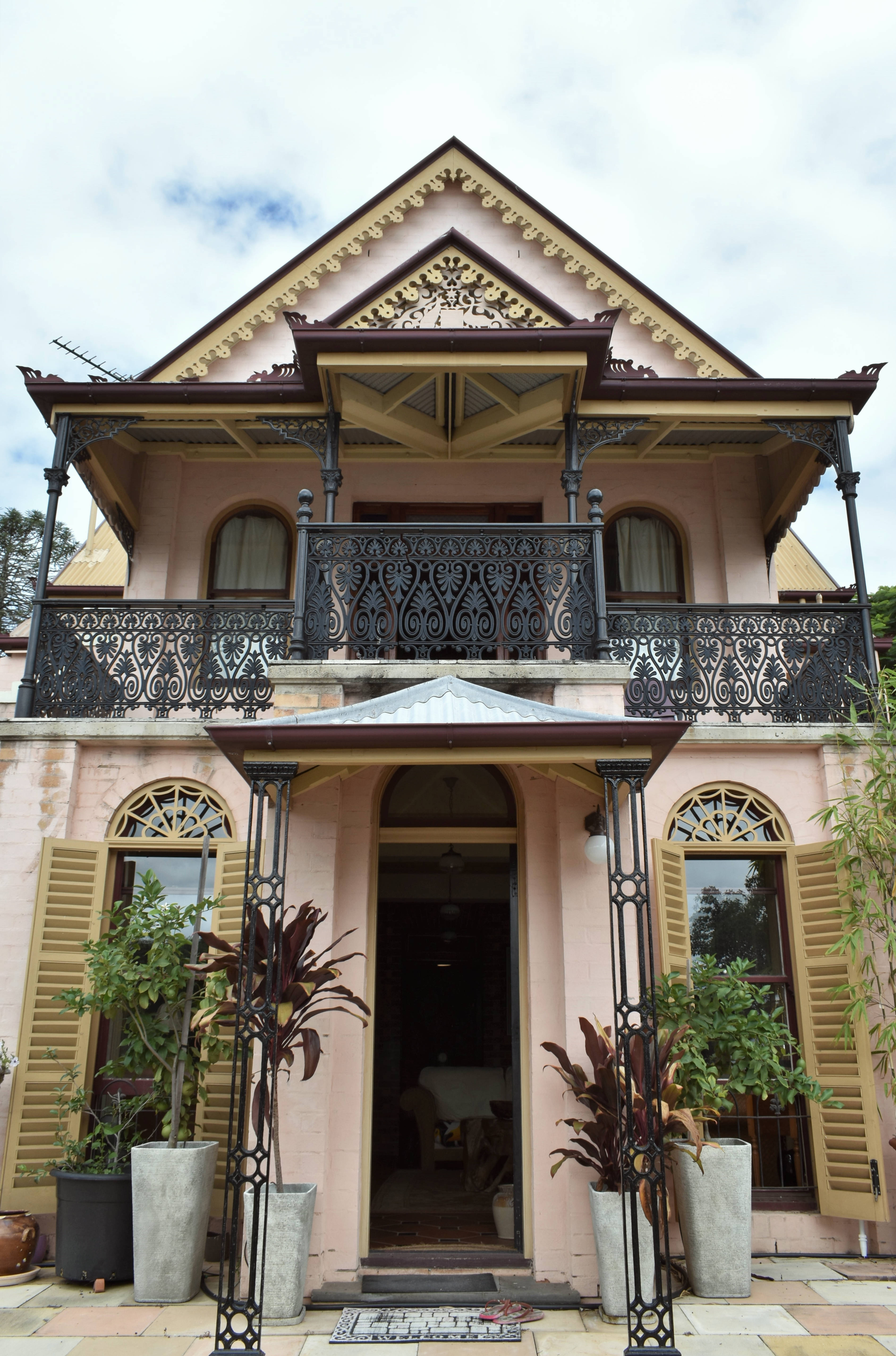
In 1885, almost 30 years after Claremont was built, The Chestnuts took her pride of place on Denmark Hill. The Chestnuts is the only two-story brick cottage with an attic built in true Gothic Revival style in Ipswich. Think highly decorative trimmings and romanticized features – a move away from the Georgian strength of simplicity and restraint.
The Chestnuts was designed by John Mackenzie, the cousin of owner Thomas Brew Lyons, an Ipswich watch and clock maker. There are remarkable similarities here with the current custodian of similar namesake, who also happens to have been a devotee to beautiful clocks. It is often said the historical home chooses the owner, rather than the owner choosing the historical home. How true in this case.
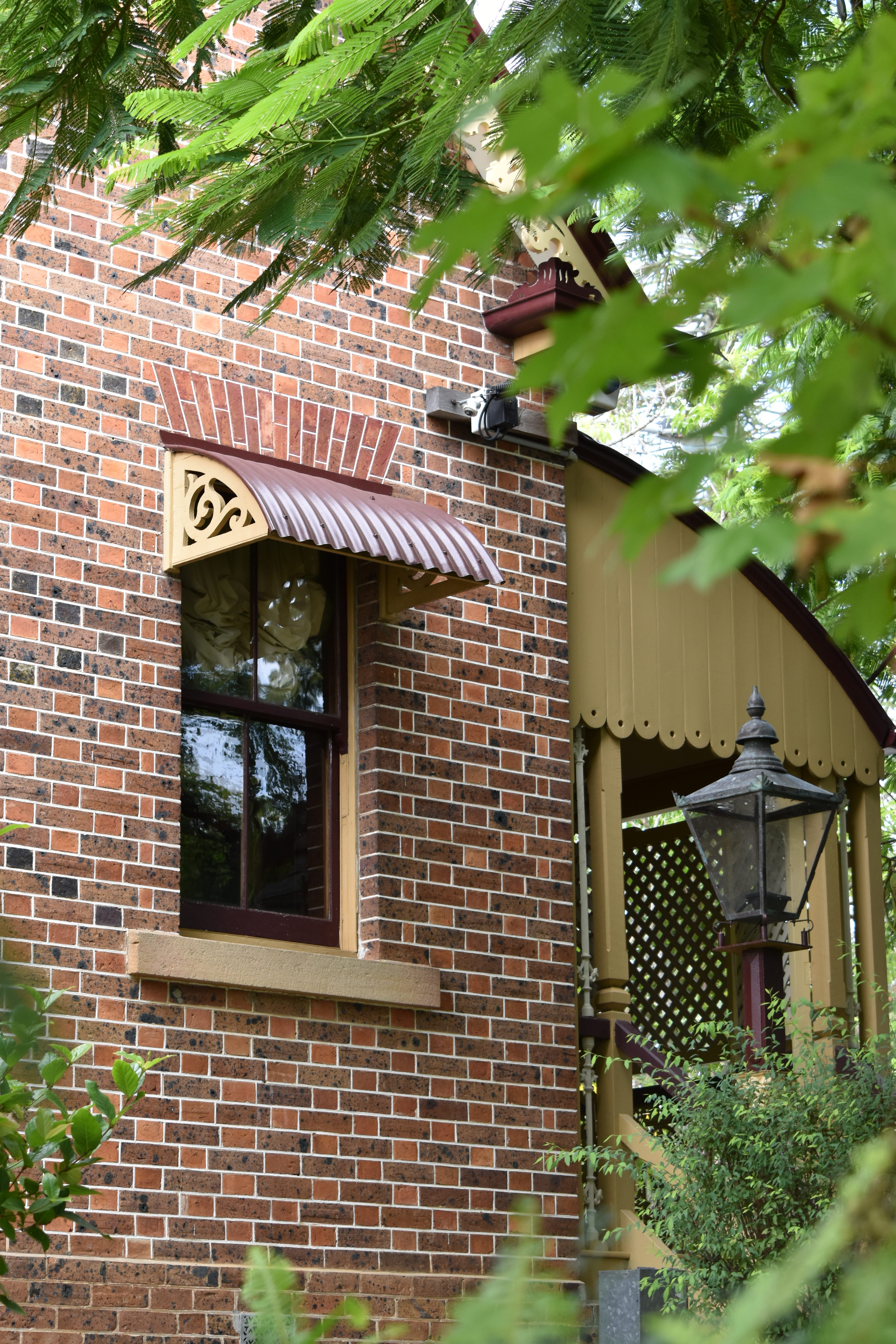
The Chestnuts. Photo: Simone Hubbard
The Chestnuts also performed another duty in her journey as a finishing school for young ladies who were educated in dance, music and physical culture during the mid to late 1800’s. It is said that the owner of the school, Mary Darnley-Morrison, considered herself as a ‘blue-blood’ maintaining that she was related to Lord Darnely – the first husband of Mary Queen of Scotts. Interesting to note how this whisper of royal connection has withstood the passage of time – adding another layer of social context to an era we can only merely contemplate.
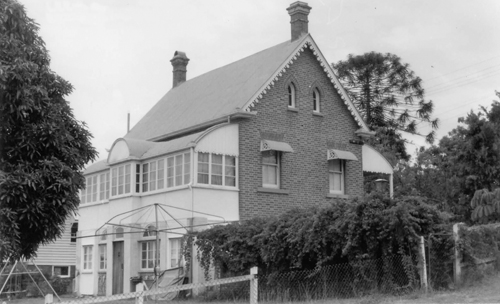
Photo courtesy of Picture Ipswich.
With good intentions held, owners during the 1900’s sort to restore her features however financial pressures meant that The Chestnuts would have to wait until the late 1900’s before her restoration would be complete. Enter Allen and Linder Cooper who under contract restored the external façade, before purchasing the home to finalise the restoration. It was at this time a sympathetic three-story extension was added and internal features were restored to traditional standards.
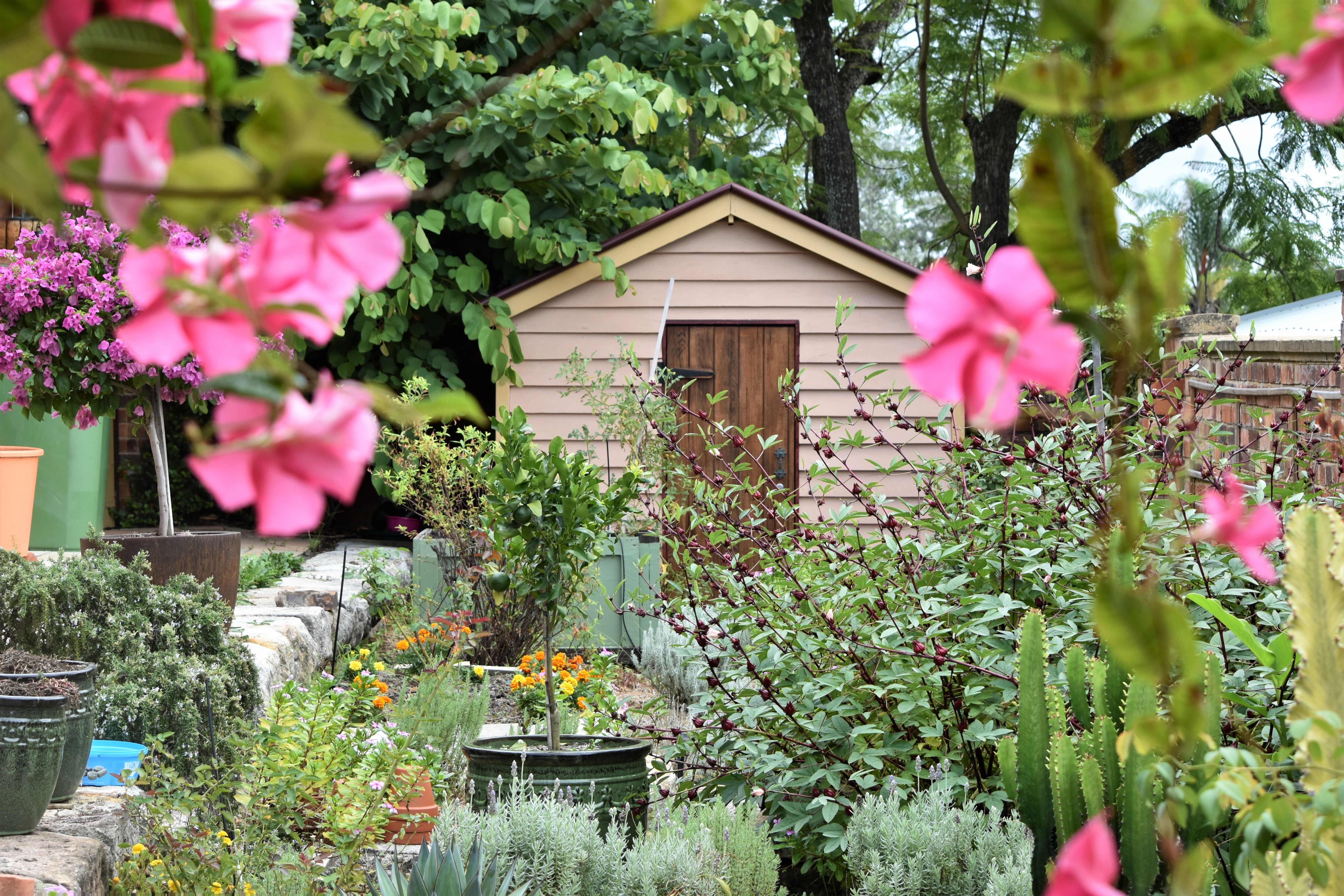
Upon entry you could be forgiven for believing this cottage has footings firmly planted in the English countryside. A step off the sidewalk and the visitor transports to a wholly internal and nurturing historical experience. It’s the sense of inclusion and ‘hug’ that the home and gardens offer which makes it so unique. Floral wallpaper, beautifully balanced cottage gardens and feel good spaces all contribute with much to explore in a restrained however detailed space. More is more in this case.
My pick for a breakaway experience and something very different to the more prolific local architectural styles. Visit with a little time up your sleeve and sturdy shoes. If things get a little busy around this beauty, visit the Ipswich Hospital Museum just across the road and Lakemba, a short walk up the hill.
Lakemba
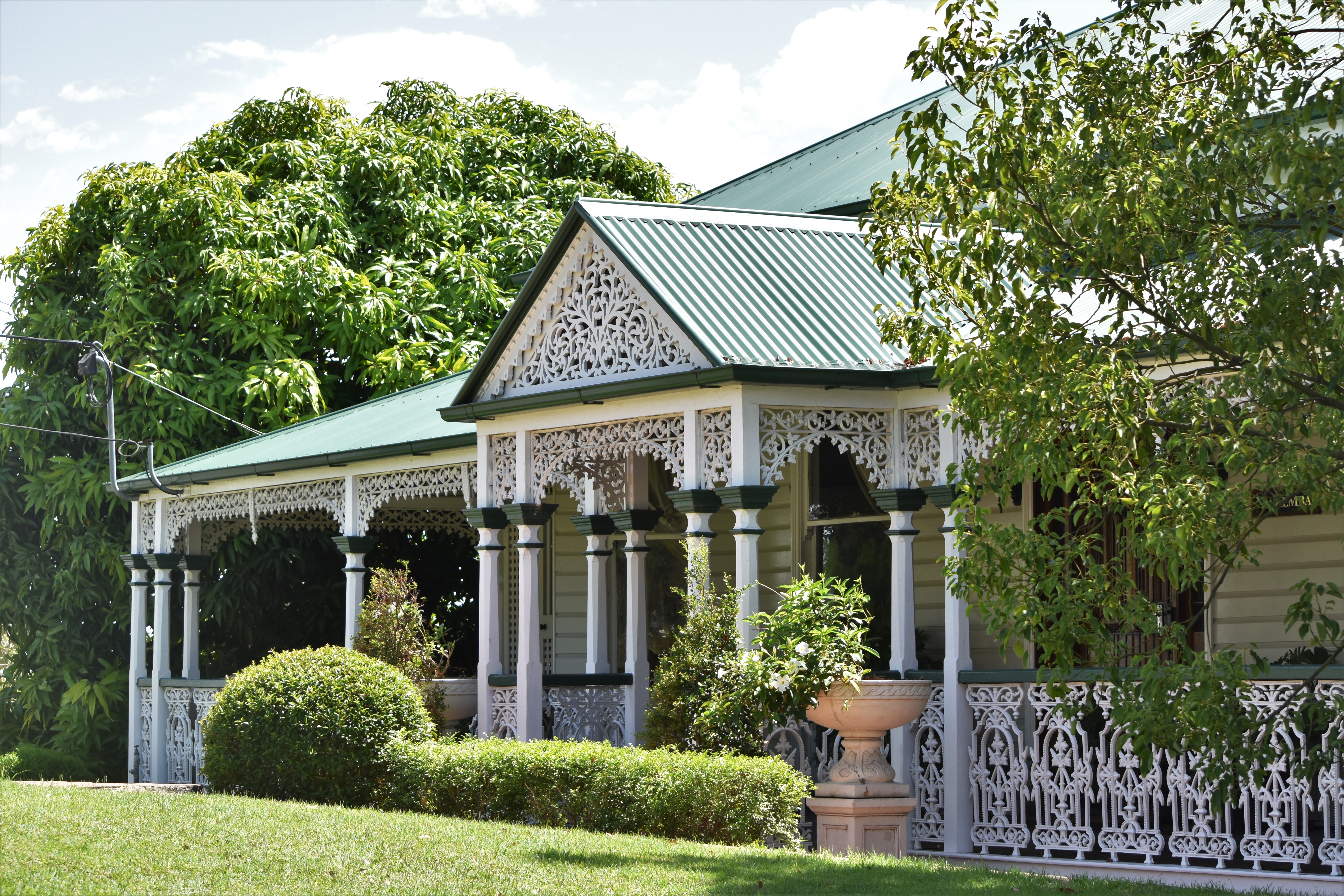
Lakemba was built in 1902 and as such considered a Federation era home.
It is often that we find ourselves marking a home’s significance by who ‘lived’ there. “Was it a Cribb or Foote home?” we hear visitors ask. Cribb and Foote, amongst many others Ipswich merchants had hard hitting names; generally drawing an association of success and status. That being said, the more of Lakemba’s history that unfolds for us the more we find ourselves prone to exploring the tales of lessor known entities that fell off the local history radar. Let’s explore more about the builder and first owner of Lakemba, William Betts.
William Betts of ‘Perry and Betts’, was a well-respected builder of the late 1800’s and early 1900’s constructing many iconic buildings of Ipswich including the Congregational Hall on East Street, the original Ipswich Museum building and several churches. 12 years before he built his own home, he built a two-story villa opposite ‘The Palms’ on the corner of Chelmsford Avenue and Ellenborough Street on Denmark Hill; now where a large interwar residence stands one block east of Lakemba. This villa had considerable stylistic similarities to Lakemba and given the location it would be easy to suggest that William was inspired by this project on Denmark Hill so much, he bought a vacant block of land one block west to build a villa of his very own many years later. Interesting that the villa he built opposite ‘The Palms’ was later deconstructed and reconstructed into its current interwar form – an intriguing story for another time, but I digress.
William was not a young man when he built Lakemba for his family. It is likely that years of collaboration with some of Ipswich’s most respected architects such as Samuel Shenton, George Brockwell Gill and Henry Wyman had entitled him to some strong design preferences. That being the case, it is interesting to contemplate the forces at play when designing and constructing the home.

With a firm foot in Victorian design, the frontage feels quite ‘old school’ with an intricately carved pediment and lashings of cast iron – however it is the internal design where the federation elements start to iron out the frilly fantasy. The ‘no nonsense’ rectangular archway in the entrance hall, a departure from the curved archways so often seen in Victorian era properties is our favourite example of this. The front rooms connect readily with formal garden spaces on the avenue achieved through plentiful windows – almost conservatory in nature thanks to the diagonally opposed bay windows stretching out from each room. The rear room also flows to a deck space with an eagle’s eye view of Ipswich city and beyond –very ‘open plan’ for its day. Less cuddly than its Victorian counterparts and a palatable move towards a lighter Queensland style we would start to see more of.
We could easily digest that the design was indeed George Brockwell Gill however the ‘Perry and Betts’ workshop sadly burnt to the ground in 1903, only one year after Lakemba was built – It is likely that the original plans were sacrificed. Do you think George Brockwell Gill designed Lakemba as is often said, or perhaps good old William Betts indulged in his own design ideas? Come and explore the seven-year restoration, wander through the formal gardens and help us to deconstruct this design quandary.
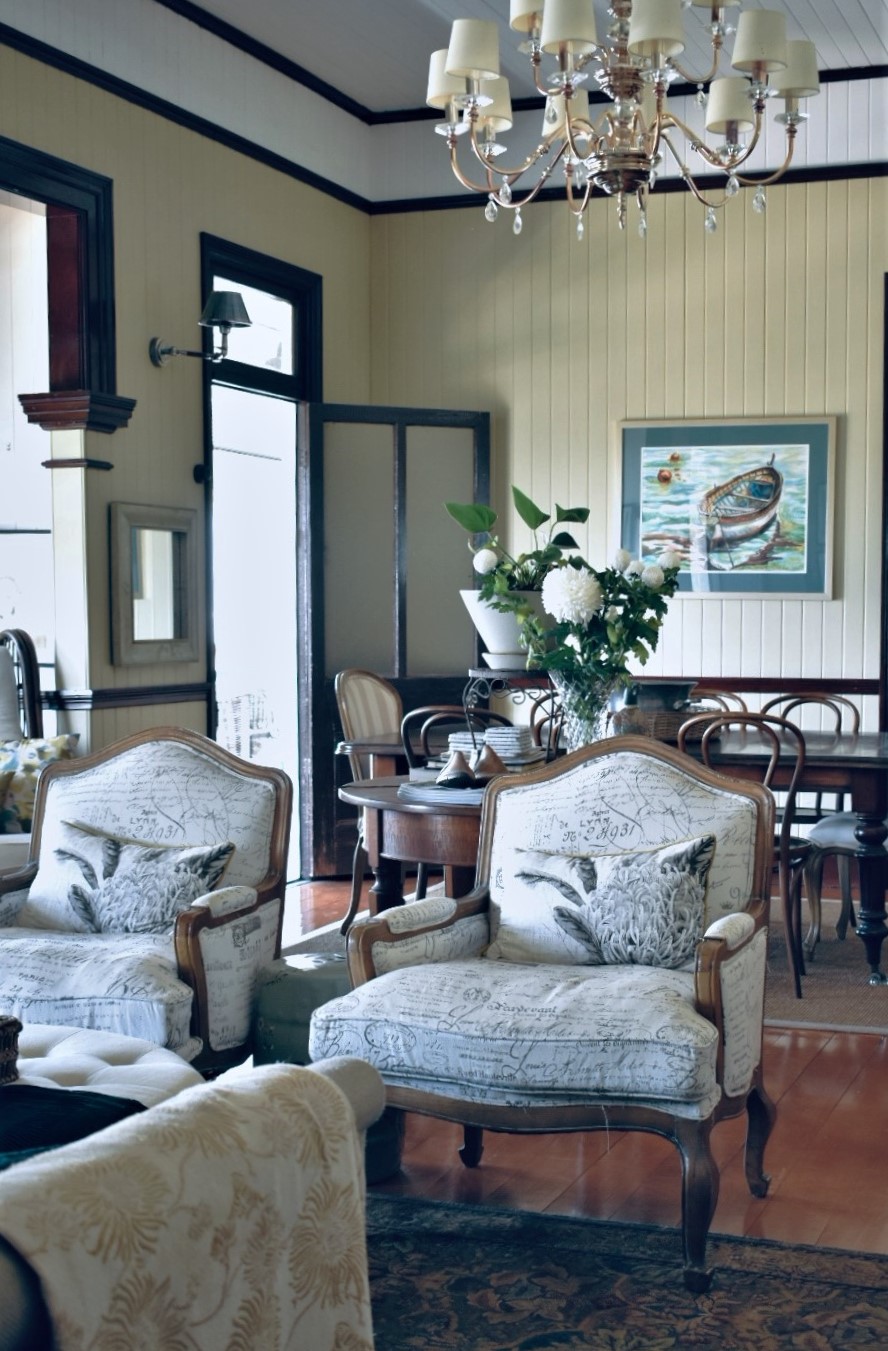
Great Houses of Ipswich runs May 11 from 10am to 4pm. Brought to you by National Trust of Australia (Queensland) in proud partnership with Ipswich City Council. Entry per property is $5 per adult, free for National Trust members, students and children. A Great Houses of Ipswich Heritage Bus Tour will run on May 11, cost is $59 per person.
Visit www.greathouses.com.au for more information and follow ‘Great Houses of Ipswich’ on Facebook or ‘GreatHousesofIpswich_Official’ on Instagram. Special thanks are given to the property owners who generously inspire the community by opening their homes. Without these kind custodians, we would not have the opportunity to experience our living history.

